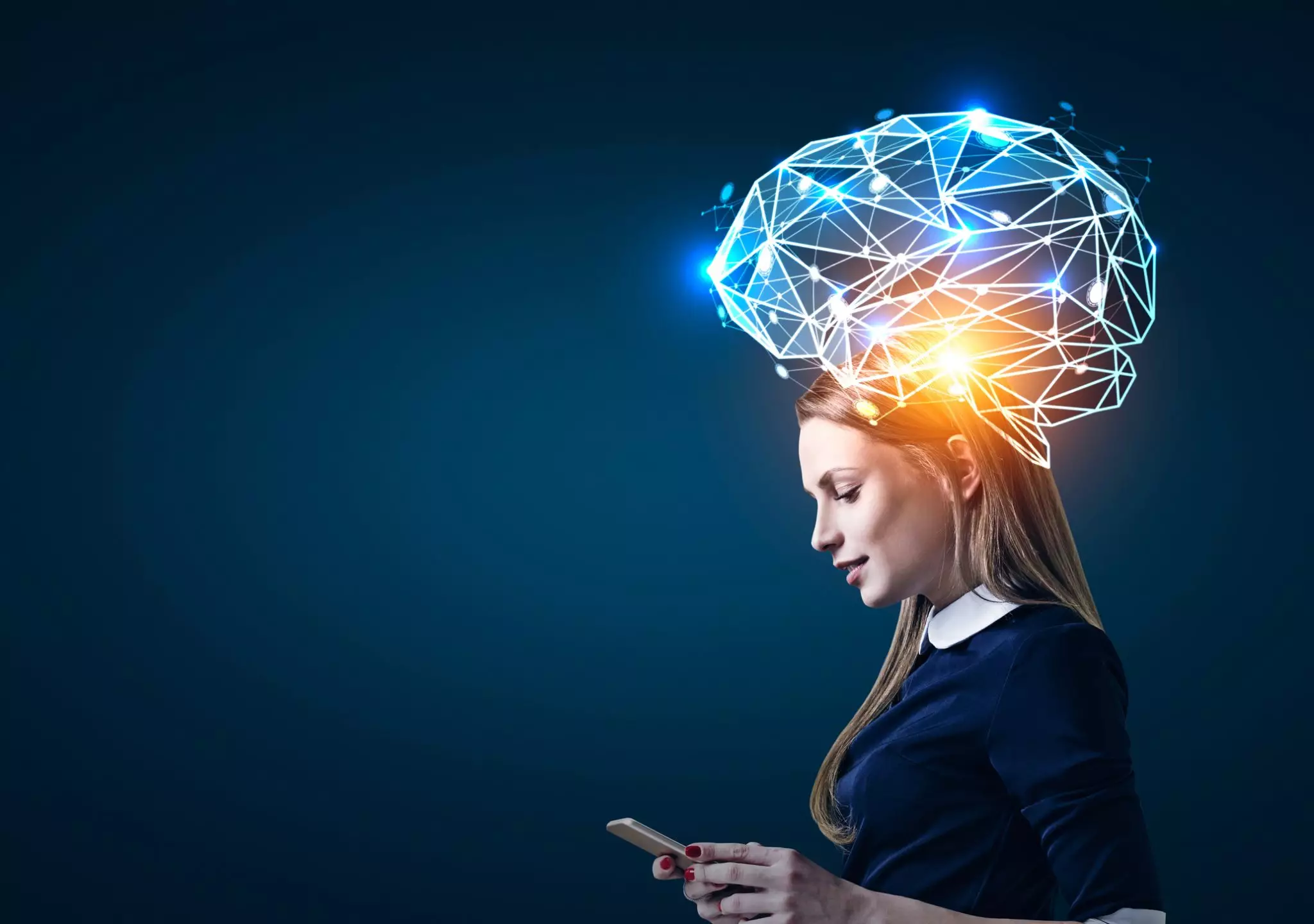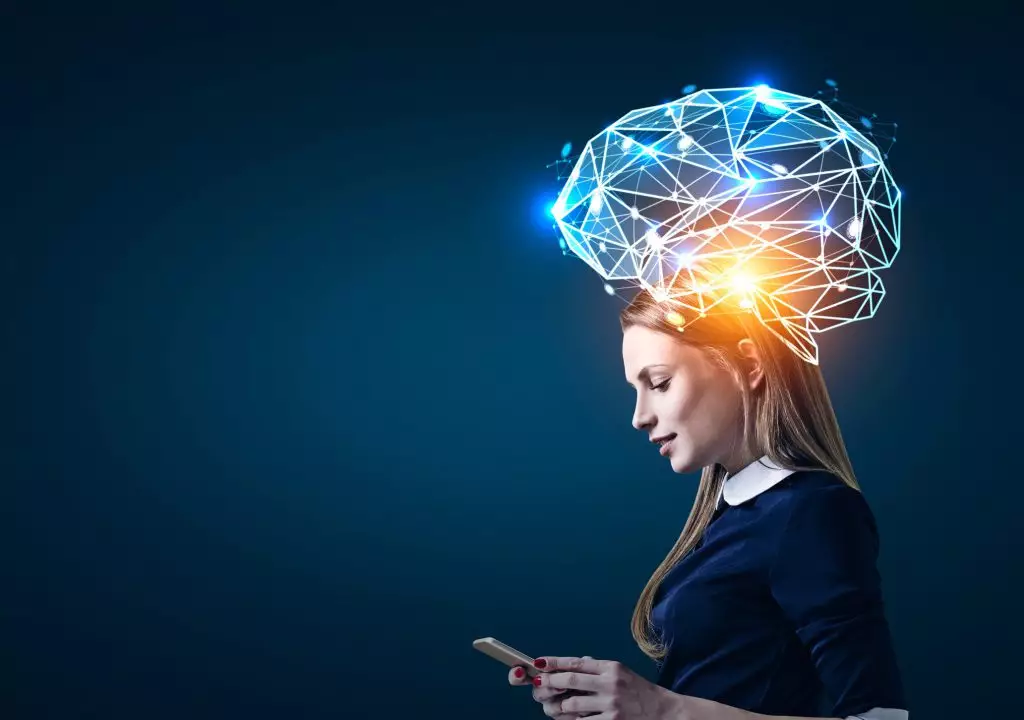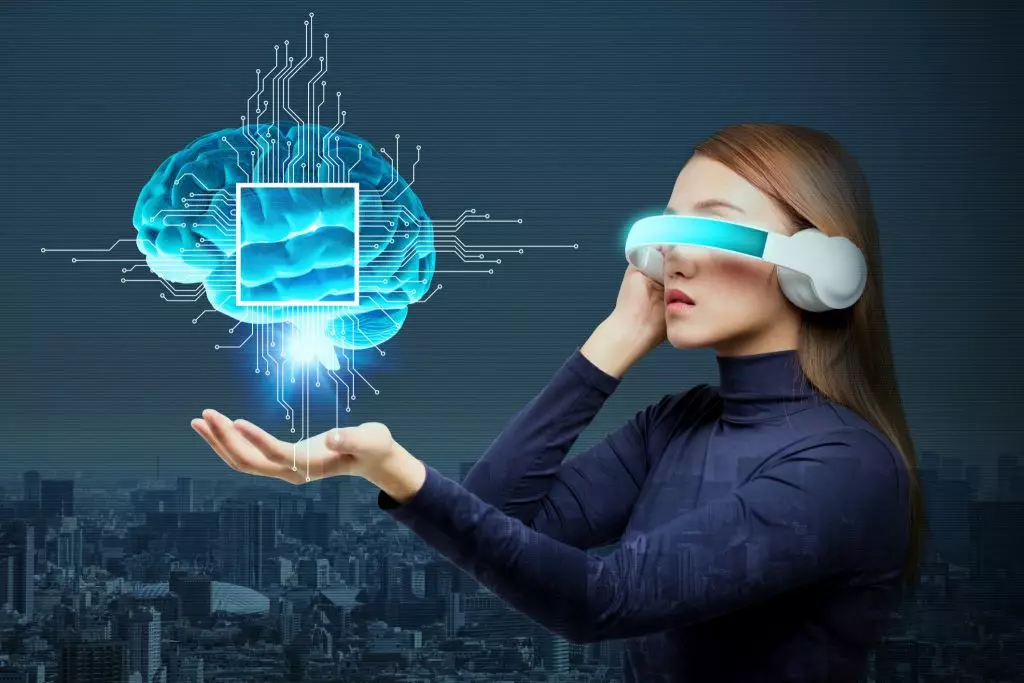LMS and the Human Brain: What to Know About Learning Experiences

The human brain is undoubtedly the most complex organ we have in our bodies. Scientists are still learning about its 100 billion neurons or so as well as the tasks it performs every minute of every day. The brain is amazingly adaptable. It can restructure itself, create new pathways, and reorganize itself, which it does when the brain learns.

Understanding how the brain works—how the brain learns—can come in handy when designing and developing a learning management system. No one expects you to become a neuroscientist. However, understanding how people learn and what impacts the brain can help you create better training programs that impact learners’ minds and create better learning environments.
You’re putting time, effort, and money into designing and implementing your online training program. You want to make sure they’re having an impact. Here’s another way to see if they are.
Let’s look at your LMS from the human brain’s point of view.
Overview of the Brain
The brain has three main parts—the cerebrum, the cerebellum, and the brain stem. The cerebrum is the most substantial part of the brain, accounting for about 85 percent of the brain’s weight. The cerebrum is composed of the left and right hemispheres. This part performs higher functions, such as vision, hearing, speech, learning, emotions, fine motor control, and interpreting touch. The cerebrum contains various subregions, one of which is the prefrontal cortex.
The prefrontal cortex is typically considered the most sophisticated region of the brain. The prefrontal cortex performs problem-solving, rational thought, decision-making, and perspective appreciation. This was the last part of the brain to develop; this part of the brain also allows us to predict outcomes, determine differences and gives us other social abilities, which makes us different from other mammals.
Interestingly, all of this critical thinking, however, must be performed in almost ideal environments. If the prefrontal cortex gets stressed or scared, it shuts down. And our ability to think critically goes with it.
The second part of the brain is the cerebellum. It sits below the cerebrum and is responsible for movement and balance. The cerebellum transmits information to our spinal cord and other parts of our brain.
The third part of the brain is the brain stem. The brain stem controls our reflexes and our autonomic functions, such as breathing, blood pressure, heart rate, and sleep.
Whole Brain Learning
Whole brain learning is a holistic methodology of using both the left and right hemispheres of the brain, contained in the cerebrum. Instead of focusing on the left hemisphere, which is analytical and fact-based, this methodology also incorporates the right hemisphere, which is emotional, intuitive, and creative.
Although most people associate themselves with either being more right-brained or left-brained, everyone uses both hemispheres. To impact learners with learning and development, we need to understand how to incorporate holistic learning—whole brain learning—to ensure you have an effective LMS.
The left side of the brain has two parts. In the first part, the brain is logical, analytical, fact-based, and quantitative. This part of the brain processes all the data that it receives. In the second part, the brain is detailed, sequential, and organized. This part of the brain organizes the data it has already received.

The right side of the brain also has two parts. In the first part, the brain is holistic, intuitive, synthesizing, and integrating. This part of the brain helps us feel empathy toward others as well as feel emotions when something moves us. In the second part, the brain is interpersonal, kinesthetic, feeling based, and emotional. This part of the brain helps us create and synthesize information as well as forecast for the future. This is the highest level of learning.
So how does all of this help us practically? Recent neuroscience studies have found that targeting the emotional part of the brain instead of only the data part of the brain will create a more effective learning and development program.
For example, in a drug discovery training, present the data and figures, but also show the emotional aspects of certain patients dying from certain drugs. This gives a full picture of the drug discovery, as opposed to statistics alone. As such, by engaging the whole brain, this training is more impactful.
Some Brain Facts to Know
No matter how much we push ourselves, our brains learn in particular ways. Understanding some other ways our brains operate will help you create an effective LMS course.
For example, our brains work best during certain times of the day. Now that learners can learn any time of the day, this timing can take advantage of peak brain efficiencies. After waking up first thing in the morning and waking up after a nap are two examples of top brain time. Keep this in mind the next time you want to host a training at 4:00 pm.
Multimedia helps our brains remember. Incorporating video and images into learning will impact our retention. Our brains prefer images over text. We remember about 65 percent of what we’ve learned when there’s an image compared to only 10 percent when there’s just text.
Play to the parts of the brain. For example, we know that the prefrontal cortex can shut down if it’s under stress or if the environment isn’t ideal. Make sure that you have a clean, pleasant training room or training tools that are pleasing to your learners. If training is complicated, crowded, messy, or otherwise not pleasing, your learners may not retain what you’re teaching.
The brain is complex. But we are discovering how the brain learns. We need to incorporate how we learn as humans into our LMS programs. As your developing your LMS programs, think about the following:
- Is your training visually pleasing?
- Is your training free of clutter and to-the-point?
- Is your training stimulating and written for your audience?
- Is your LMS easy to use and navigate?
- Do you receive positive feedback on your LMS?
Designing an impactful online training program is no easy task. You have to consider many issues. However, taking the time on the front-end to plan and develop your LMS will save you time and money in the long run. Creating robust, effective programs for your learners is your ultimate goal.